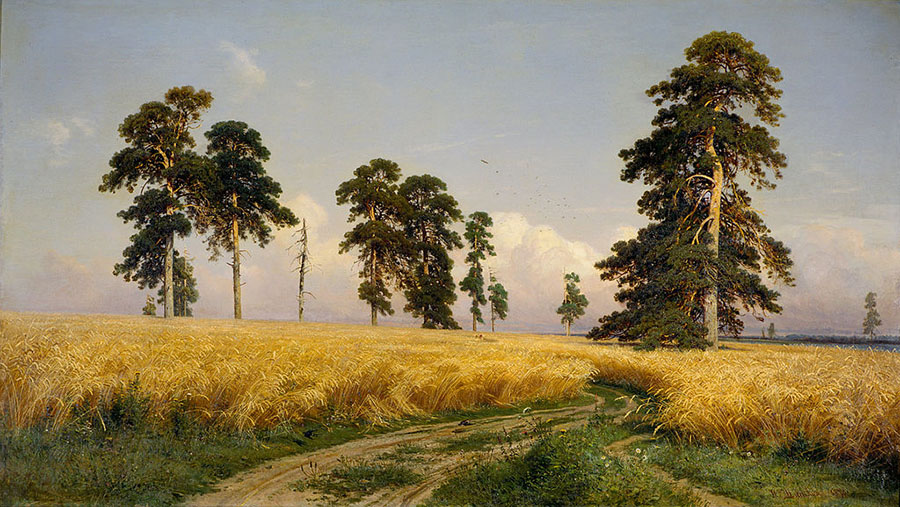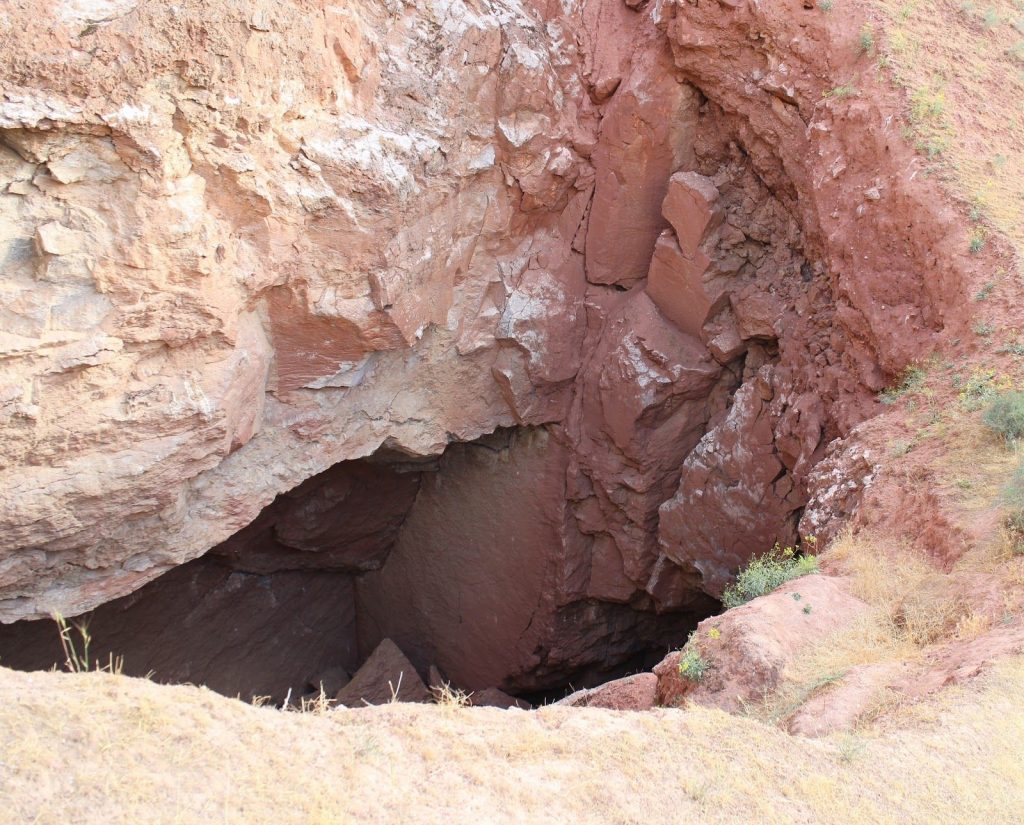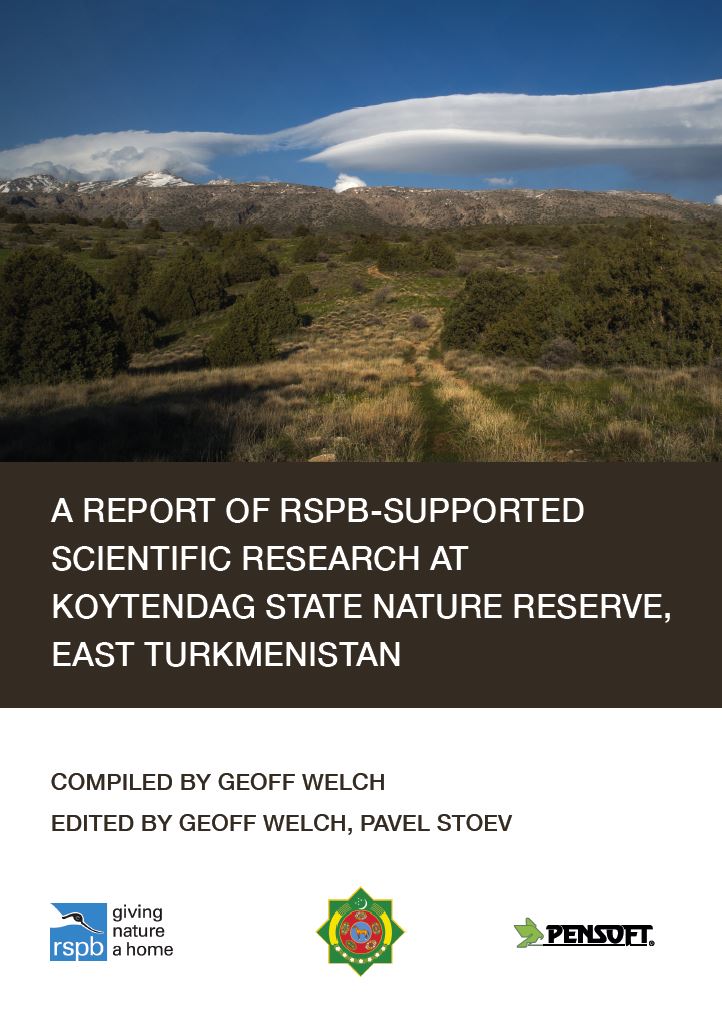The first papers of the journal of the Bavarian State Collection of Palaeontology and Geology in Munich since the move to Pensoft’s publishing platform are now online
The scholarly publisher and technology provider Pensoft welcomes the latest addition to its diverse portfolio of scientific outlets – the open-access, peer-reviewed journal Zitteliana, which publishes research in the fields of paleontology and geobiology.

Zitteliana is a journal of the Bavarian State Collection of Palaeontology and Geology Munich, which is part of the State Natural History Collection of Bavaria (SNSB), a research institution for natural history comprising five state collections.
Published both online and in print, the journal contains original articles, short contributions and reviews on all aspects of palaeontology and geobiology, welcoming research on all regions of the Earth and all periods of geologic time. The journal invites both modern and traditional research outputs, including palaeobiology, geobiology, palaeogenomics, biodiversity, stratigraphy, sedimentology, regional geology, systematics, phylogeny, and cross-disciplinary studies of these areas.
Since its launch in 1961, the journal has changed its name several times (i.e. Mitteilungen der Bayerischen Staatssammlung fuer Palaeontologie und historische Geologie, Zitteliana A (Abhandlungen) and Zitteliana B (Mitteilungen)), and has extended both scope and thematic range to cover global research from all areas of palaeontology and geobiology.
“This year, Zittelliana is celebrating its 60th anniversary in brand new gear. The move to the innovative scholarly publisher Pensoft shows how tradition can work hand in hand with innovation and modernity. We are very excited about this relaunch and very much look forward to transforming Zitteliana into an internationally leading journal in Paleontology and Geobiology together with Pensoft,” the journal’s Editor-in-Chief, Professor Gert Woerheide adds.
After moving to Pensoft’s scholarly publishing platform ARPHA, and with a brand-new, user-friendly website, Zitteliana now takes full advantage of ARPHA’s signature fast-track, end-to-end publishing system, which significantly improves user experience for authors, reviewers and editors alike. The collaboration-focused platform supports manuscripts in all steps of the publishing process – submission, peer review, editing, publication, dissemination and archiving, all within its online environment. To the benefit of readers, published articles are then made available in PDF, machine-readable JATS XML formats, and semantically enriched HTML, which makes them much easier to discover, access, cite and reuse.
In addition, ARPHA Platform offers a long list of high-tech features and human-provided services such as advanced data publishing, linked data tables, semantic markup and enhancements, automated export of sub-article elements and data to aggregators, sub-article-level usage metrics, and web-service integrations with more than 40 world-class indexing and archiving databases.
The journal’s first papers published with Pensoft are already publicly available. One of the studies, authored by Norbert Wannenmacher, Volker Dietze, Matthias Franz of the state office for geology, resources and mining at Freiburg’s regional council, and Guenter Schweigert of the Stuttgart State Museum of Natural History, describes three new species of fossil species from south-western Germany.
Zitteliana is the latest in a series of biodiversity-themed journals to join the Pensoft family – earlier this year the ichthyology journal Acta Ichthyologica et Piscatoria signed with the scholarly publisher and moved on to ARPHA Platform.
###
Follow Zitteliana on Facebook and Twitter.Additional information: About Pensoft:
Pensoft is an independent academic publishing company, well-known worldwide for its innovations in the field of semantic publishing, as well as for its cutting-edge publishing tools and workflows. In 2013, Pensoft launched the first ever end to end XML-based authoring, reviewing and publishing workflow, as demonstrated by the Pensoft Writing Tool (PWT) and the Biodiversity Data Journal (BDJ), now upgraded to the ARPHA Publishing Platform. Flagship titles include: Research Ideas and Outcomes (RIO), One Ecosystem, ZooKeys, Biodiversity Data Journal, PhytoKeys, MycoKeys and many more.About ARPHA:
ARPHA is the first end-to-end, narrative- and data-integrated publishing solution that supports the full life cycle of a manuscript, from authoring to reviewing, publishing and dissemination. ARPHA provides accomplished and streamlined production workflows that can be customized according to the journal’s needs. The platform enables a variety of publishing models through a number of options for branding, production and revenue models to choose from.
Contacts:
Prof. Dr. Gert Woerheide, Editor-in-Chief of Zitteliana
woerheide@snsb.de
Lyubomir Penev, founder and CEO at Pensoft and ARPHA
l.penev@pensoft.net





















